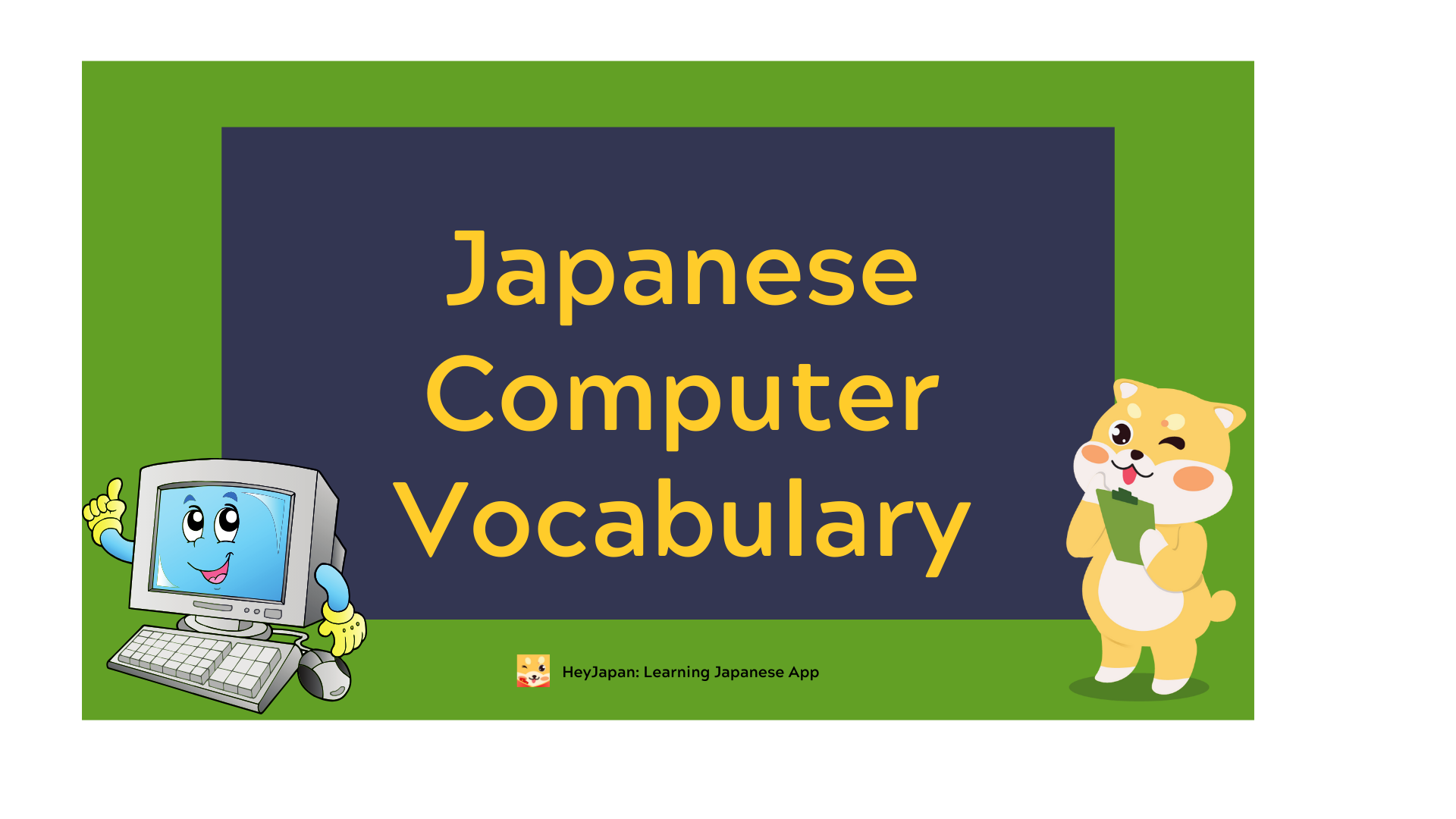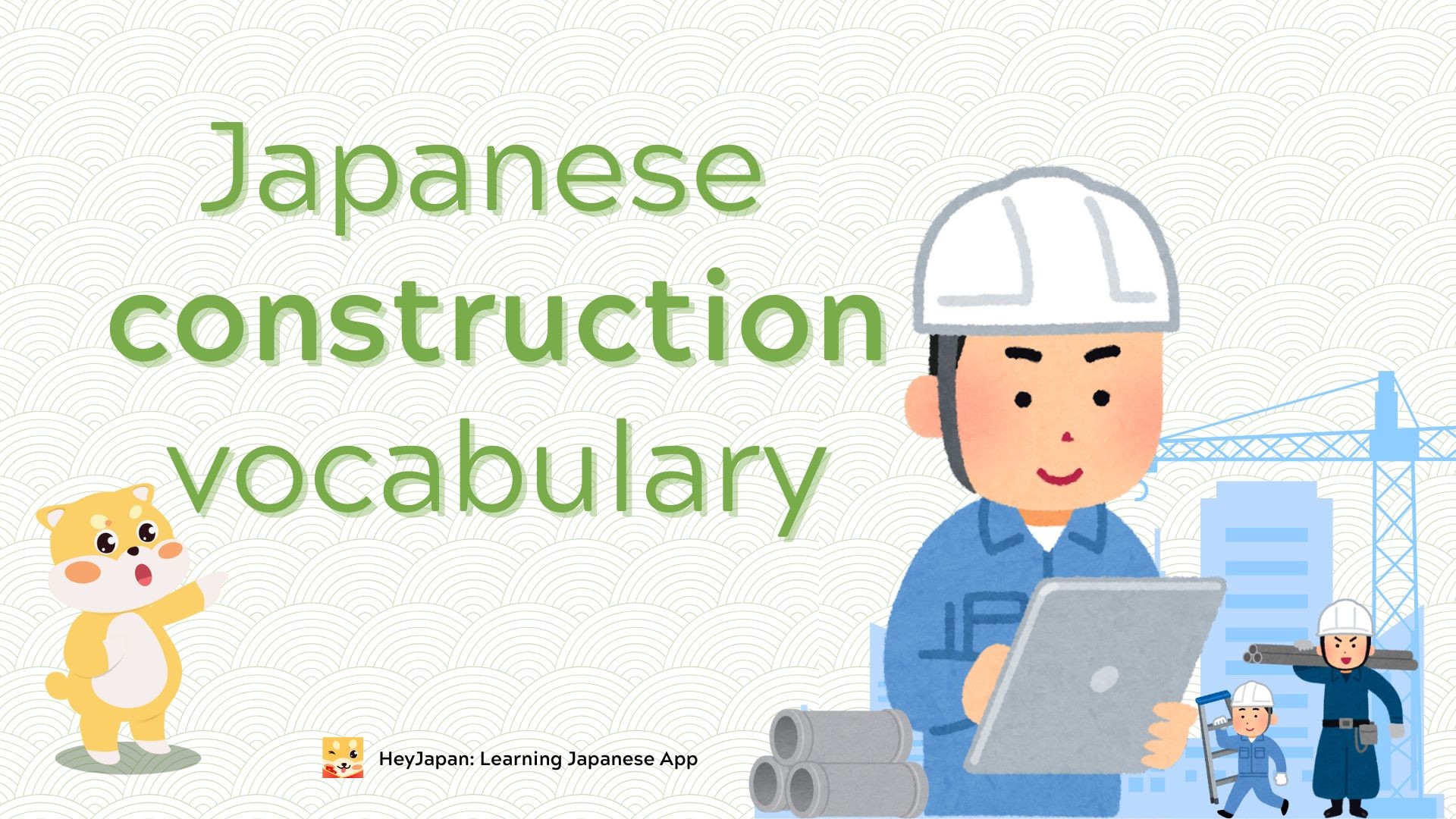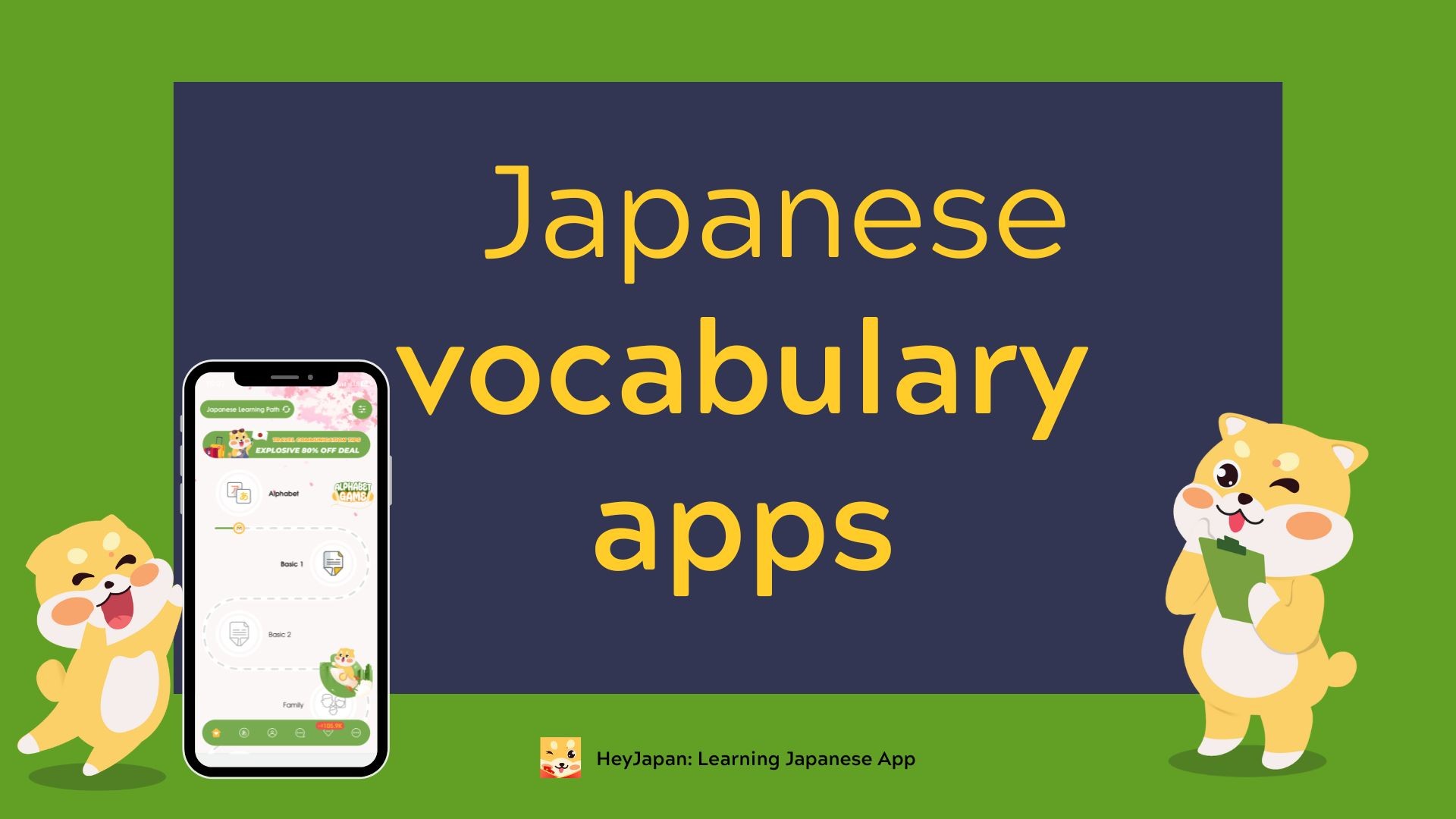- 1. Introduction
- Importance of learning Japanese for travel
- Benefits of knowing basic Japanese phrases
- 2. Pronunciation and Basic Phrases
- Understanding the Japanese writing system
- Pronunciation guide for beginners
- Essential greetings and expressions
- 2. Navigating Transportation
- Useful phrases for using public transportation
- Asking for directions and understanding signs
- 3. Ordering Food and Drinks
- Common phrases for ordering in restaurants and cafes
- Dietary restrictions and special requests
- 4. Accommodation and Reservations
- Booking a hotel or guesthouse
- Communicating with staff and making requests
- 5. Emergency Situations
- 6. Exploring Japanese Culture
- Traditional Arts and Crafts
- Festivals and Celebrations
- Temples and Shrines
- Traditional Clothing
- Conclusion
- FAQs
Are you planning a trip to Japan? Whether you're visiting Tokyo, Kyoto, or any other city in this beautiful country, learning some Japanese basics for travel can greatly enhance your experience. While many people in Japan speak English, knowing a few key phrases and expressions will not only make your interactions smoother but also show respect for the local culture. In this comprehensive guide, we'll walk you through the essential Japanese phrases and customs to help you navigate your journey with confidence.
1. Introduction
When traveling to a foreign country, making an effort to learn the local language can significantly enhance your experience. Japan is known for its unique culture, rich history, and welcoming people. While English is commonly spoken in major tourist areas, mastering some Japanese basics will open doors to deeper connections and allow you to explore off-the-beaten-path destinations.
Importance of learning Japanese for travel
Learning Japanese for travel purposes goes beyond mere convenience. It shows your genuine interest in the local culture and makes a positive impression on the Japanese people you interact with. Speaking a few key phrases in Japanese can help you navigate transportation, order food, ask for directions, and connect with locals on a more personal level.
Benefits of knowing basic Japanese phrases
Knowing basic Japanese phrases can have numerous advantages during your travels. It can help you:
- Engage in meaningful conversations with locals.
- Get around more easily by understanding public transportation.
- Experience authentic local cuisine by ordering with confidence.
- Explore hidden gems and attractions that might not be well-known to tourists.
- Show respect for the Japanese culture and customs.
2. Pronunciation and Basic Phrases
Before diving into specific situations, let's start with the foundation: pronunciation and basic phrases. The Japanese language uses a combination of three writing systems: hiragana, katakana, and kanji. For beginners, focusing on learning hiragana and katakana will be sufficient to read most basic words and phrases.
Understanding the Japanese writing system
The Japanese writing system consists of syllabic scripts known as hiragana and katakana, as well as Chinese characters called kanji. Hiragana is used for native Japanese words, while katakana is mainly used for foreign loanwords. Kanji, on the other hand, represents more complex concepts and often has multiple pronunciations.
Pronunciation guide for beginners
Mastering Japanese pronunciation can be challenging but essential for effective communication. Here are some basic pronunciation guidelines to help you get started:
- Vowels:
- a (ah) as in "father"
- i (ee) as in "see"
- u (oo) as in "food"
- e (eh) as in "bed"
- o (oh) as in "so"
- Consonants:
- k, s, t, n, h, m, y, r (pronounced the same as in English)
- g (as in "game")
- z (as in "zebra")
- d (as in "dog")
- b (as in "bed")
- p (as in "pen")
- j (as in "judge")
- ch (as in "church")
- Long vowels: Double the vowel sound, e.g., "ii" for "ee."
- Pitch accent: Japanese has a pitch accent, which means certain syllables in words are pronounced with a higher or lower pitch. However, as a beginner, don't worry too much about pitch accent and focus on getting the basic pronunciation right.
Try learning Japanese from basic here: https://heyjapan.net/
Essential greetings and expressions
When interacting with locals, knowing a few basic greetings and expressions can go a long way in establishing a friendly connection. Here are some essential phrases to get you started:
- Good morning: おはようございます (Ohayō gozaimasu)
- Good afternoon: こんにちは (Konnichiwa)
- Good evening: こんばんは (Konbanwa)
- Thank you: ありがとう (Arigatō)
- Excuse me: すみません (Sumimasen)
- Yes: はい (Hai)
- No: いいえ (Iie)
- I'm sorry: ごめんなさい (Gomen nasai)
- Do you speak English?: 英語を話せますか? (Eigo o hanasemasu ka?)
- Where is...?: ...はどこですか? (...wa doko desu ka?)
Remember to accompany these phrases with a warm smile and respectful body language. Japanese people appreciate the effort, even if your pronunciation isn't perfect.

Beautiful Japanese scenery
2. Navigating Transportation
Getting around Japan's bustling cities and efficient public transportation systems can be a breeze with some basic Japanese phrases. Whether you're taking the train, bus, or subway, knowing how to ask for directions and read signs will make your travel experience smoother.
Useful phrases for using public transportation
- Where is the nearest train station?: 最寄りの駅はどこですか? (Moyori no eki wa doko desu ka?)
- How much is a train ticket to...?: ...までの電車の切符はいくらですか? (...made no densha no kippu wa ikura desu ka?)
- Is this the right platform for...?: ...行きのホームはここですか? (...iki no hōmu wa koko desu ka?)
- Is this seat taken?: この席は空いていますか? (Kono seki wa aite imasu ka?)
- When does the next train/bus arrive?: 次の電車/バスは何時に来ますか? (Tsugi no densha/basu wa nanji ni kimasu ka?)
Asking for directions and understanding signs
Navigating the streets of Japan can sometimes be confusing, especially if you don't speak the language. However, with a few key phrases and an understanding of common signs, you'll be able to find your way around more easily.
- Excuse me, where is...?: すみません、...はどこですか? (Sumimasen, ...wa doko desu ka?)
- Turn left: 左に曲がってください (Hidari ni magatte kudasai)
- Turn right: 右に曲がってください (Migi ni magatte kudasai)
- Straight ahead: まっすぐ進んでください (Massugu susunde kudasai)
- Exit: 出口 (Deguchi)
- Entrance: 入口 (Iriguchi)
- No entry: 立入禁止 (Tachiiri kinshi)
- Parking: 駐車場 (Chūshajō)
- Information: 案内 (Annai)
- Restroom: トイレ (Toire)
Remember to have a map or use a navigation app to help you find your destination more accurately.
3. Ordering Food and Drinks
One of the highlights of visiting Japan is indulging in its delicious cuisine. From sushi to ramen, there's an array of culinary delights to explore. Knowing some basic phrases for ordering food and drinks will not only satisfy your taste buds but also enhance your dining experience.
Common phrases for ordering in restaurants and cafes
- May I see the menu, please?: メニューを見せてください (Menyū o misete kudasai)
- I would like to order...: ...を注文したいです (...o chūmon shitai desu)
- What do you recommend?: おすすめは何ですか? (Osusume wa nan desu ka?)
- Is this dish spicy?: この料理は辛いですか? (Kono ryōri wa karai desu ka?)
- Could I have the bill, please?: お会計をお願いします (Okaikei o onegai shimasu)
Dietary restrictions and special requests
If you have dietary restrictions or specific preferences, it's essential to communicate them to the restaurant staff. Here are some phrases to help you convey your needs:
- I'm vegetarian: 私はベジタリアンです (Watashi wa bejitarian desu)
- I'm vegan: 私はビーガンです (Watashi wa bīgan desu)
- I'm allergic to...: ...にアレルギーがあります (...ni arerugī ga arimasu)
- Can you make it without...?: ...抜きで作っていただけますか? (...nuki de tsukutte itadakemasu ka?)
- Is this dish made with...?: この料理は...で作られていますか? (Kono ryōri wa...de tsukurareteimasu ka?)
By using these phrases, you'll be able to navigate menus, ask for recommendations, and ensure that your dining experience aligns with your dietary needs and preferences.
4. Accommodation and Reservations
Finding suitable accommodation and making reservations in Japan is an important aspect of travel planning. Here are some key points to consider:
Booking a hotel or guesthouse
When booking a hotel or guesthouse in Japan, it's helpful to know some basic Japanese phrases to communicate your needs effectively. Here are a few essential phrases to use:
- "Sumimasen, hoteru no yoyaku o shitaidesu." (Excuse me, I would like to make a hotel reservation.)
- "Nanban desu ka?" (What is the price?)
- "Heya no shiyō wa nannichi desu ka?" (How much is the room per night?)
- "Watashi wa ___________ nichi kara ___________ nichi made no yoyaku o shitai desu." (I would like to make a reservation from ___________ to ___________.)
- "Watashi no namae wa ___________ desu." (My name is ___________.)
- "Watashi wa ______-nin desu." (I am _______ people.)
- "Credit card ga tsukaemasu ka?" (Do you accept credit cards?)
- "Wi-Fi ga tsukatte imasu ka?" (Is Wi-Fi available?)
- "Ofuro wa tsukatte mo ii desu ka?" (Can I use the bath?)
- "Tsugi no asa, chakkuauto wa nanji desu ka?" (What time is check-out tomorrow?)
By using these phrases, you can effectively communicate your booking requirements, inquire about prices and amenities, and clarify any doubts or questions you may have during the booking process.
Communicating with staff and making requests
Here are a few essential phrases to use:
- "Sumimasen." (Excuse me.)
- "Onegaishimasu." (Please.)
- "Arigatou gozaimasu." (Thank you very much.)
- "Eigo ga wakarimasu ka?" (Do you understand English?)
- "Eigo de hanashite kudasai." (Please speak in English.)
- "Chotto matte kudasai." (Please wait a moment.)
- "Mōichido itte kudasai." (Please say it again.)
- "Kore o onegai shimasu." (Please give me this.)
- "Koko ni suwatte mo ii desu ka?" (Can I sit here?)
- "Sumimasen, toire wa doko desu ka?" (Excuse me, where is the restroom?)
5. Emergency Situations
In case of emergency situations during your visit to Japan, it's crucial to know some basic Japanese phrases to seek help and contact the appropriate authorities. Here are some essential phrases:
- "Tasukete kudasai!" (Help me, please!)
- "Kyuukyuu desu!" (It's an emergency!)
- "Koko wa doko desu ka?" (Where is this?)
- "Watashi wa ___________ ni imasu." (I am at ___________.)
- "Byouin / Koushinjo / Kōban wa doko desu ka?" (Where is the hospital / fire station / police box?)
- "Kega ga arimasu." (I am injured.)
- "Fuan desu." (I am feeling anxious/worried.)
- "Densha ga jiko o okoshimashita." (There has been a train accident.)
- "Kaji desu!" (There is a fire!)
- "Tasukete kudasai! Okyakusama ga ki ni irimasu!" (Please help! A customer needs assistance!)
Dial 110 for the police: In case of immediate danger, crime, or if you require police assistance, dial 110 from any phone in Japan.
Dial 119 for the ambulance or fire department: If you or someone else requires medical assistance or in case of fire, dial 119 to reach the ambulance or fire department.
When contacting emergency services, try to remain calm and provide accurate information about your location and the situation. If possible, ask a Japanese-speaking person to assist you in communicating with the emergency services. It's important to note that emergency operators may have some level of English proficiency, but it is best to be prepared with basic Japanese phrases in case of language barriers. Remember, the safety and well-being of yourself and others should always be the top priority in emergency situations.
6. Exploring Japanese Culture
Japan is a country rich in history, traditions, and customs. When visiting this fascinating destination, it's essential to immerse yourself in the local culture. Here are some aspects of Japanese culture that you shouldn't miss:
Traditional Arts and Crafts
- Ikebana: Discover the art of Japanese flower arrangement, known as ikebana. Experience the harmony and balance created through the careful selection and placement of flowers.
- Origami: Learn the ancient art of paper folding, origami. Create intricate paper figures and witness how a simple sheet can be transformed into beautiful shapes.
- Calligraphy: Delve into the world of calligraphy, known as shodo. Practice the elegant strokes and characters of the Japanese writing system, using brushes and ink.
- Tea Ceremony: Participate in a traditional tea ceremony, or chanoyu. Witness the grace and precision involved in preparing and serving matcha, powdered green tea.
Festivals and Celebrations
- Cherry Blossom Viewing: Experience the breathtaking beauty of cherry blossoms during hanami season. Join locals in parks and gardens to witness the delicate pink flowers in full bloom.
- Matsuri: Attend a matsuri, a traditional Japanese festival. Enjoy lively processions, music, dancing, and food stalls as communities come together to celebrate.
- Tanabata: Celebrate the Tanabata festival, also known as the Star Festival. Write wishes on colorful paper strips and hang them on bamboo trees, believed to bring good fortune.
- Obon: Experience the spiritual Obon festival, dedicated to honoring ancestors. Observe traditional dances, lantern ceremonies, and fireworks displays.
Temples and Shrines
- Kinkaku-ji: Visit the iconic Golden Pavilion in Kyoto, a Zen Buddhist temple covered in gold leaf. Explore the stunning gardens surrounding the temple.
- Meiji Shrine: Pay a visit to Tokyo's Meiji Shrine, dedicated to Emperor Meiji and Empress Shoken. Experience the tranquility of the shrine's forested surroundings.
- Fushimi Inari Taisha: Explore the vibrant red gates of Fushimi Inari Taisha in Kyoto. Walk through the winding path of thousands of torii gates leading to the mountaintop shrine.
- Senso-ji: Discover Tokyo's oldest temple, Senso-ji, located in the historic Asakusa district. Explore the bustling Nakamise shopping street leading to the temple's entrance.
List of Buddhist temples in Japan you can visit

You should visit the beautiful traditional scenery in Japan at least once
Traditional Clothing
- Kimono: Try on a beautiful kimono, the traditional Japanese garment. Experience the intricate art of dressing in layers and tying an obi sash.
- Yukata: During summer festivals or while staying at a ryokan, don a lightweight yukata, a casual version of the kimono. Enjoy the comfort and elegance of this traditional attire.
- Geta: Slip into a pair of geta, traditional wooden sandals. Experience the unique sensation of walking in these elevated footwear.
By immersing yourself in Japanese arts, participating in festivals, and exploring temples, you'll gain a deeper understanding and appreciation of the country's rich cultural heritage.
Conclusion
With its unique blend of tradition and modernity, Japan offers an unforgettable travel experience. By learning some basic Japanese phrases, understanding cultural etiquette, and exploring the country's rich traditions, you'll be well-prepared to navigate Japan's vibrant cities, indulge in its delicious cuisine, and appreciate its captivating cultural offerings.
So, get ready to embark on a journey through the land of the rising sun. Immerse yourself in the fascinating Japanese culture, savor the delights of its cuisine, and create memories that will last a lifetime.
FAQs
- Is it necessary to learn Japanese before visiting Japan?
While it's not mandatory to learn Japanese, knowing a few basic phrases will greatly enhance your travel experience and help you communicate with locals.
- Are credit cards widely accepted in Japan?
Credit cards are accepted at most major establishments in Japan, especially in urban areas. However, it's a good idea to carry some cash, as smaller businesses may prefer cash payments.
- What is the best time to visit Japan?
Spring (March to May) and autumn (September to November) are considered the best seasons to visit Japan due to the pleasant weather and stunning natural landscapes.
- Are there any cultural taboos I should be aware of?
Yes, it's important to be aware of certain cultural taboos in Japan. For example, avoid blowing your nose in public and be mindful of your volume when speaking.
- What are some must-try Japanese dishes?
Sushi, ramen, tempura, and takoyaki are some of the must-try Japanese dishes. Don't forget to sample matcha green tea and indulge in delicious street food offerings.
Learn basic Japanese with HeyJapan
iOS: https://apps.apple.com/us/app/heyjapan-learn-basic-japanese/id1576311051
Android: https://play.google.com/store/apps/details?id=com.eup.heyjapan









